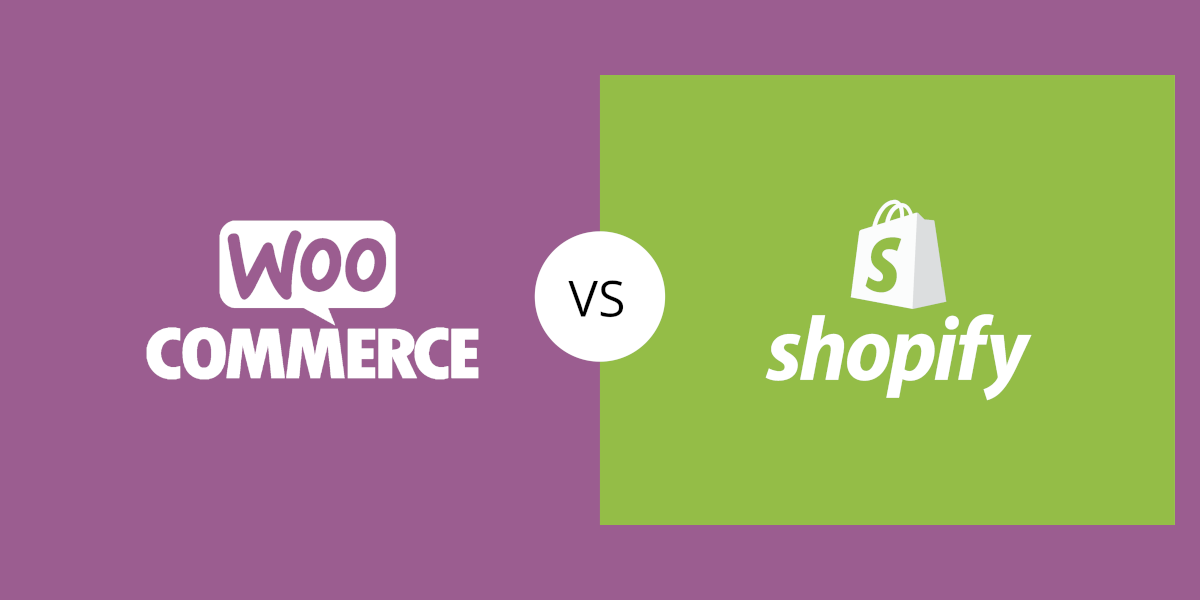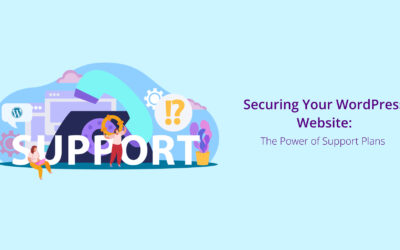If you are looking to build your e-commerce store, we are certain that you have come across these two juggernauts – WooCommerce and Shopify. Enterprises often struggle to make this call as they are both packed with features and benefits for the users and the company behind them. Building an E-Commerce website is a big commitment, given the vastness of the product range, the abundance of features and functionalities that go into a seamless buyer experience. It is also essential to choose a platform that is easy for management. We have a detailed comparison of these platforms to help you make an informed decision.
Crunching the numbers, it is observed that 21% of the top 1 million websites run with WooCommerce, shortly followed by Shopify, with an 18% market share. When you shrink the margin and look at the top 10,000 websites, Shopify holds the authority with 23% share, and WooCommerce holds 6% of it.
Approach:
Though the objective of both WooCommerce and Shopify is to provide a platform that is easy for organizations to deploy and manage an effective E-Commerce store, the approach to meet it is different. WooCommerce, as you know, is a self-host platform. All your data is under your control in your server, making it extremely simple and straightforward to modify as you please. On the contrary, Shopify is a hosted platform, holding all your data in their server. Though there is a lot of flexibility offered by the platform, it is limited in terms of the changes you make to your website. It means that WooCommerce proposes complete flexibility but holds a learning curve to allow you to manage the website, while Shopify manages your software with limited flexibility.Launching the website :
WooCommerce is a product of WordPress. It is eminent for websites to Install WordPress and proceed to configuring and integrating WooCommerce to it. The process is straightforward, and there are copious resources to help you set it up at ease. Shopify has simplified this front, all you have to do is install Shopify, pick a domain or sync an already purchased domain, select a theme for the store, and your site is up. They also have their payment gateways to break it down further for businesses.Functionalities :
The biggest boon of WooCommerce is the limitless possibilities open to you through customization. Plugins allow you to scale your website to suit your requirement, officially and on other platforms. The variety seeps through themes, features, and custom code. Though Shopify offers a lot of flexibility to the users, there are a few caps placed across the platform that limits the possibilities. For example, there is a number of variants and options allowed per product. It might not be a dealbreaker for many businesses, but it still exists. Apart from these, Shopify also provides a wide variety of themes and features on its official website.Payment Options :
The feasible nature of WooCommerce directly means you can go ahead and hold multiple payment gateways to keep the options open for the users. No tax or commission is directed towards WooCommerce. On the other hand, Shopify has its own gateway and allows you to have multiple payment gateways from the available options, with a catch. There will be a 2% commission on all the payments done away from Shopify’s official gateway.Maintenance:
As mentioned earlier, all the data related to your website is stored in your server, which means you are in complete control of modifying and maintaining the same. Shopify allows immense opportunities to access the data on your website, which is held and maintained in their server. It is advised to stay on top of the website by ensuring that the website is functioning optimally.Cost Factor:
It is hard to put a number of the cost that goes into building a WooCommerce website. It includes- Hosting & Domain Costs
- Premium Themes & Plug-ins
- Payment Gateway Overheads





0 Comments